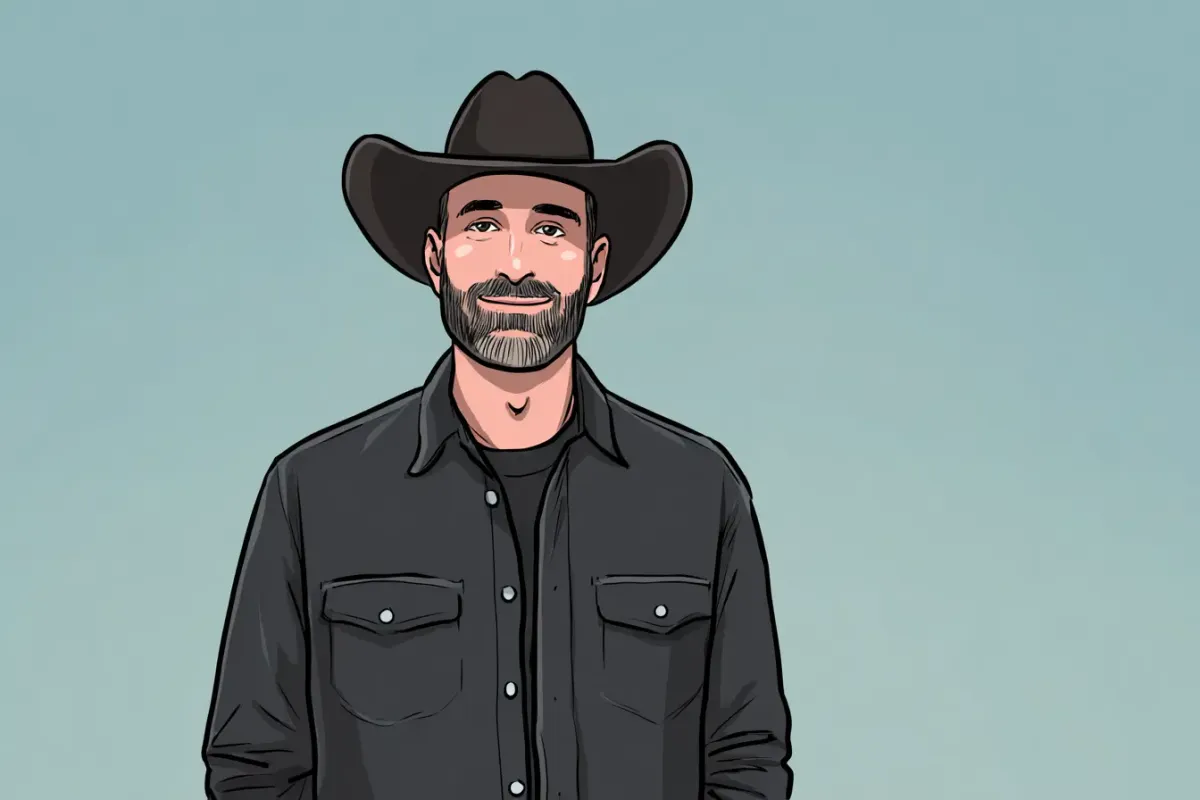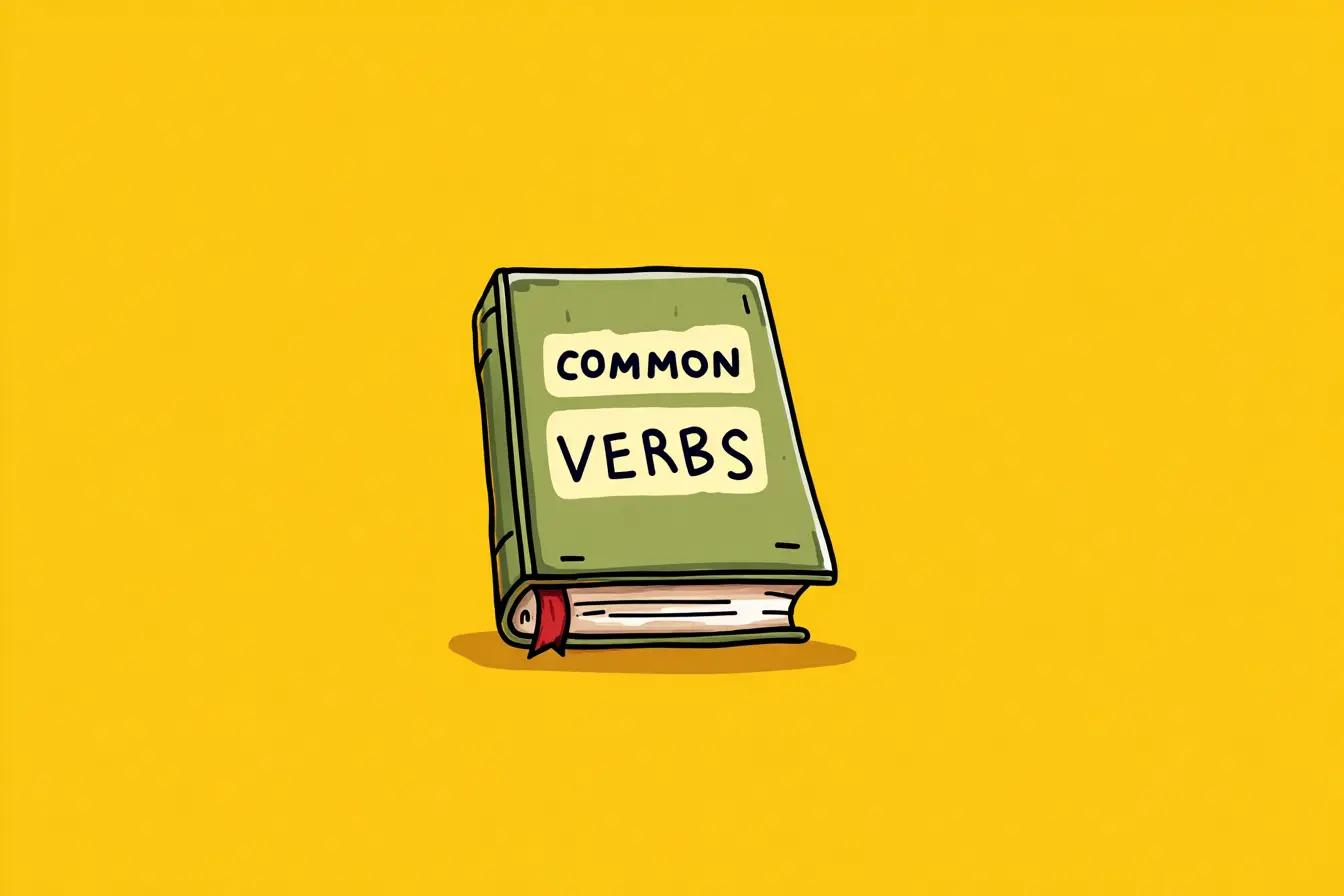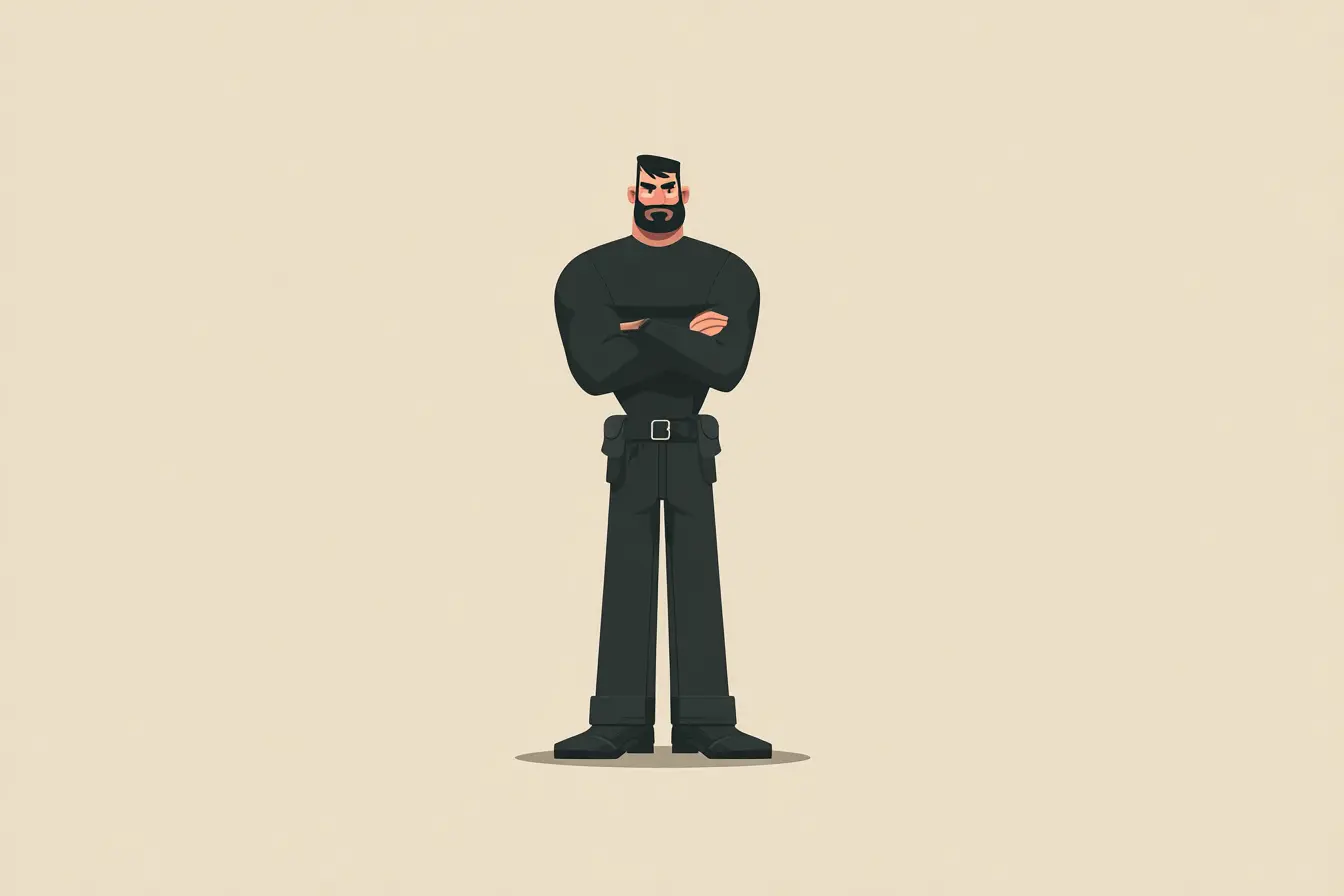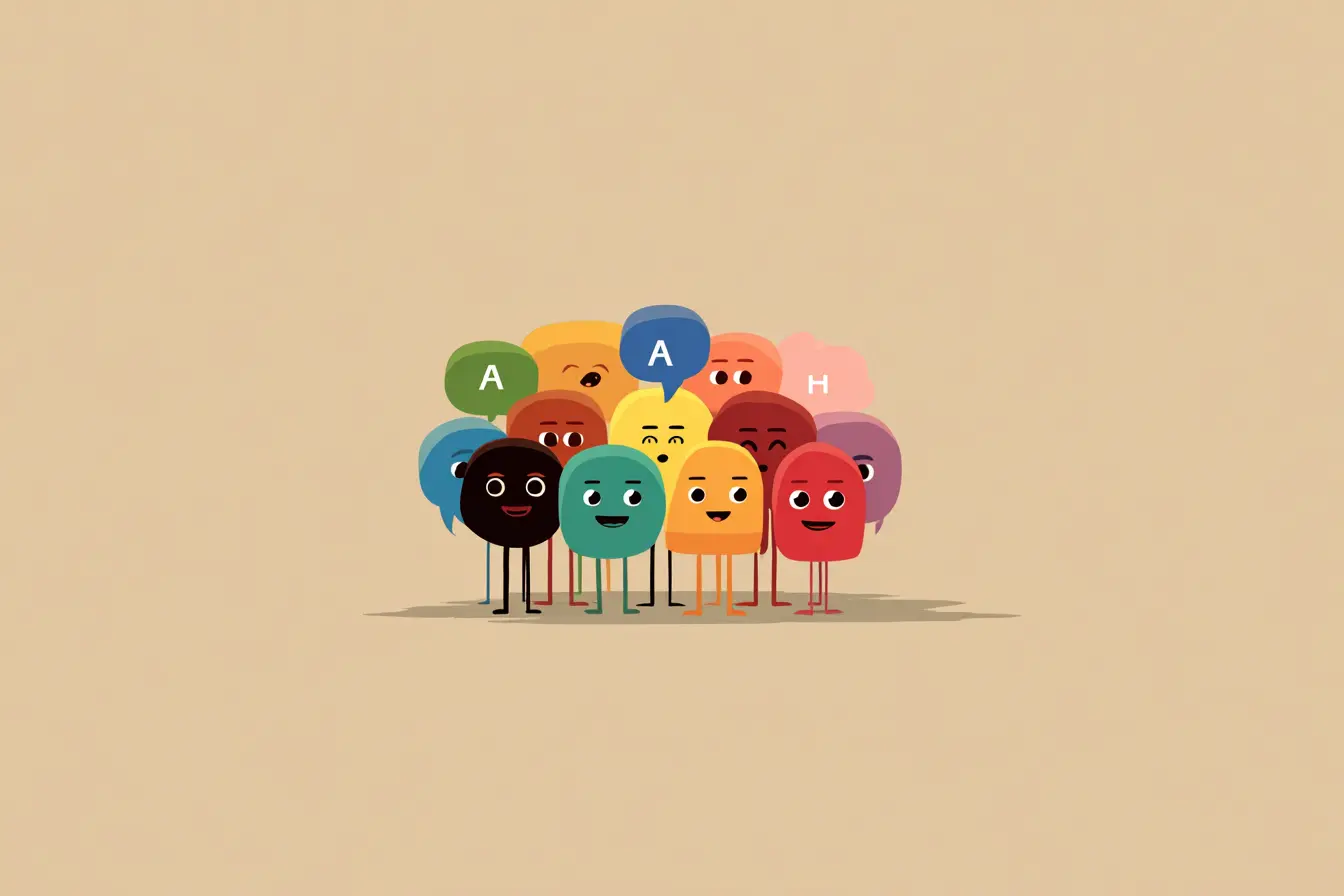The Texas accent is one of the most recognizable ways of speaking in the United States. It’s warm, a little stretched out, and instantly makes you think of wide-open skies, barbecue smoke, and friendly greetings like “Howdy, y’all.” But behind that charm, the accent has deep roots in history, culture, and the unique blend of people who shaped Texas.
What Makes the Texas Accent Unique
Where the Accent Comes From
The Texas accent is the product of centuries of migration and cultural exchange. In the early 1800s, settlers from states like Tennessee, Georgia, and Mississippi brought their Southern drawl westward. That’s why parts of East Texas still sound so much like the Deep South today.
At the same time, German and Czech immigrants in the 19th century left their mark, especially in Central Texas. Their influence softened some English sounds and shaped local rhythm. Meanwhile, the Mexican and Spanish presence (long before Texas was part of the United States) added a bilingual flavor, especially in the south, where intonation and loanwords slipped naturally into English.
Another key factor was Texas’s fierce sense of independence. As the state grew, ranching culture, cowboy life, and wide rural distances encouraged a slower, more drawn-out style of speech that came to be seen as “Texan.”
Linguists usually group the accent under Southern American English, but most agree that Texas speech has its own identity: equal parts Southern roots, Spanish influence, immigrant contributions, and homegrown character.
Regional Flavors Inside Texas
Because the state is massive, the accent shifts depending on where you go.
This variation means there’s no single “official” Texas accent, just a collection of voices that paint a bigger picture of the state.
Expressions You’ll Hear in Texas
Beyond sound, vocabulary gives the Texas accent personality. Here are some expressions you’re likely to hear across the Lone Star State:
- Y’all – Short for you all, the go-to Texan plural.
- Fixin’ to – About to. “I’m fixin’ to head to the store.”
- Howdy – Friendly Texan hello.
- Bless your heart – Sweet or sarcastic, depending on delivery.
- All hat and no cattle – Someone who talks big but lacks substance.
- Over yonder – Somewhere a bit farther away.
- Holler – To shout, or a small valley. “Give me a holler if you need help.”
- Big Tex – Used to describe someone tall or larger-than-life.
- Dadgum – A polite substitute for cursing.
- Coke – Any soft drink, not just Coca-Cola. “What kind of Coke do you want? Dr. Pepper?”
- Tan your hide – To scold or punish.
- Pitch a fit – Throw a tantrum.
- Mosey on – To walk or move slowly, casually.
- Hush up – Be quiet.
- Fair to middlin’ – Doing okay, not great but not bad.
- Can’t never could – Encouragement meaning “If you never try, you’ll never succeed.”
- Like a chicken with its head cut off – Running around frantically.
Why People Love It
The Texas accent often gets described as friendly, approachable, and even trustworthy. Hollywood has used it to create cowboy heroes, tough lawmen, and characters with down-to-earth wisdom. For Texans, their accent is a badge of identity.
FAQ
Is the Texas accent the same as a Southern accent?
They’re related but not identical. The Texas accent is part of the Southern family of speech, yet it has its own personality. Unlike older Southern accents that sometimes drop the “r,” most Texans pronounce it clearly. Spanish influence is also stronger in Texas than in other Southern states, especially near the border. While people across the South might all say y’all, the Texas version has a different rhythm, vowel shapes, and expressions that make it distinct.
Where does the Texas accent come from?
The Texas accent developed from a mix of cultural influences. In East Texas, settlers from Louisiana and Mississippi brought the Deep South drawl, with long vowels and a slower rhythm. In South Texas, Spanish contact shaped the way English is spoken, adding unique intonation patterns and bilingual expressions. West Texas speech grew out of rural ranching communities, giving it a straighter, clearer sound with less drawl. Over time, these regional styles blended into what we now think of as the Texas accent. In modern cities, the accent often softens because of population diversity, but signature words like y’all and fixin’ to keep Texan identity alive.
How can I sound like a Texan?
To capture the Texas accent, slow your rhythm, stretch your vowels, and practice diphthong flattening (turn time into tahm). Add everyday words like y’all, fixin’ to, and Howdy into your speech. Listening is key: watch Texas movies, listen to local radio, or chat with Texans if you can. Don’t force it, though; authenticity comes from practice and rhythm, not exaggeration.
















